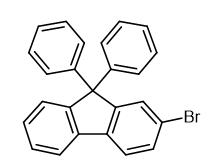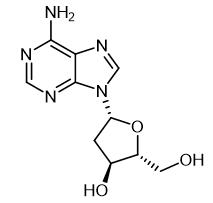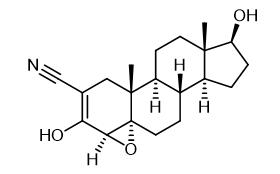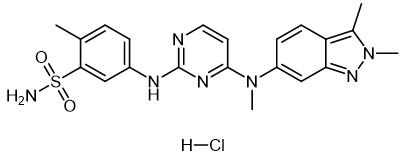Active Pharmaceutical Ingredients (API), popularly speaking, are the raw materials of medicines, only pharmaceutical raw materials are processed into pharmaceutical preparations , can they become medicines available for clinical use, so drugs we usually eat are the finished drugs through processing. Active Pharmaceutical Ingredients based on its sources can be divided into two major categories ,including chemical synthetic drugs and natural chemical drugs. Chemical synthetic drugs can be divided into organic synthetic drugs and inorganic synthetic drugs. Inorganic synthetic drugs are inorganic compounds ( very few is element), such as aluminum hydroxide, magnesium trisilicate which are used for the treatment of gastric and duodenal ulcers ; organic synthetic drugs are mainly composed of drugs made by basic organic chemical raw materials, through a series of organic chemical reactions (such as aspirin, chloramphenicol, caffeine, etc.). Natural chemical drugs ,based on its sources,can be divided into two categories including biochemical drugs and plant chemical drugs. Antibiotics are generally made by the microbial fermentation, which belongs to the biochemistry category. A variety of semi-synthetic antibiotics occurs in recent years,which are biosynthesis and chemical synthesis combining products.Among active Pharmaceutical Ingredients, the organic synthetic drugs varieties, yields and values have the largest proportion,which are the main pillars of the chemical and pharmaceutical industries. The quality of active Pharmaceutical Ingredients decides whether the formulation is good or bad , so its quality standards are very strict ,countries in the world have developed national pharmacopoeia standards and strict quality control methods for its widely used active Pharmaceutical ingredients.
Synthesis of 2-Bromo-9,9-diphenylfluorene
2-Bromo-9,9-diphenylfluorene is an important intermediate for the synthesis of optoelectronic materials.
Oct 9,2022 APISynthesis and Application of (R)-4-Propyldihydrofuran-2(3H)-one
(R)-4-Propyldihydrofuran-2(3H)-one can be used in laboratory organic synthesis and chemical and pharmaceutical research and development.
Oct 8,2022 APIApplication of Superoxide dismutase
Superoxide dismutase preparations are mainly used in clinical treatment of systemic lupus erythematosus, dermatitis, scleroderma, rheumatoid arthritis, thrombocytopenia and other autoimmune diseases.
Sep 30,2022 APISynthesis and Bioactivity of 2'-Deoxyadenosine
2'-Deoxyadenosine can also be used as an important intermediate for antiviral, anticancer and anti-AIDS drugs.
Sep 26,2022 APISynthesis of N-Boc-Piperidine-4-carboxylic acid methyl ester
N-Boc-Piperidine-4-carboxylic acid methyl ester can be used as a pharmaceutical intermediate.
Sep 20,2022 APISynthesis and Application of N-Methylcyclohexylamine
N-Methylcyclohexylamine can be used as intermediates for drugs and dyes.
Sep 15,2022 APISynthesis and Application of Calcium beta-hydroxy-beta-methylbutyrate
Calcium beta-hydroxy-beta-methylbutyrate is used as pharmaceutical intermediates, feed additives, etc.
Sep 15,2022 APISynthesis and Application of 1-Chloromethyl naphthalene
1-Chloromethyl naphthalene is an intermediate in organic synthesis for the synthesis of 1-naphthaldehyde.
Sep 14,2022 APISynthesis and Biological Activity of Trilostane
Trilostane can inhibit 3β-dehydrogenase in the process of corticosteroid synthesis, reduce the synthesis of cortisol and aldosterone.
Sep 14,2022 APISynthesis, Detection and Bioactivity of Pazopanib Hydrochloride
Pazopanib Hydrochloride is an oral angiogenesis inhibitor targeting VEGFR and PDGFR.
Sep 13,2022 API











